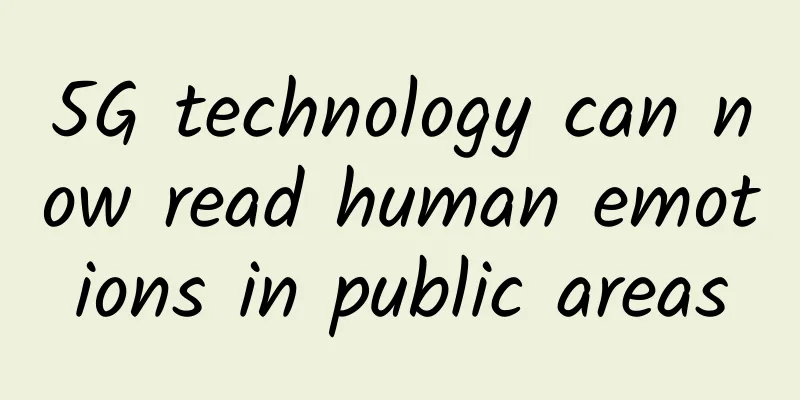5G technology can now read human emotions in public areas

The birth of a new and influential 5G technologyThe advent of 5G technology is doing wonders, which also includes the reading and interpretation of human emotions now. The idea of detecting human emotions from artificial intelligence (AI) originated in South Korea, where a group of scientists are experimenting with an advanced form of 5G technology called 5G-I-VEmoSYS. The Korean scientists claim that the technology can detect and identify human emotions from body movements and signals wirelessly. Five emotions detected by 5G-I-VEmoSYSProfessor Hyunbum Kim of Incheon University in South Korea is the main developer of 5G-I-VEmoSYS. The system is trained to detect five different types of emotions, such as joy, pleasure, sadness, anger, and neutral states. The technology also consists of three subsystems that handle detection, flow, and human emotion mapping. Here are the steps by which the technology perceives emotions:
The technology delivers results in real time, so when a negative or threatening sentiment is detected, the information is immediately relayed to the nearest police station. Main objectives of 5G-I-VEmoSYS5G-I-VEmoSYS was born to solve the real-time problems of cybersecurity and terrorist threats to countries. In this era of uncertainty, the ability to detect emotions and issue alerts in real time is an important necessity. Terrorists pose a never-ending threat to countries. The only effective way to deal with this danger is to take proactive preventive measures. Disadvantages of 5G-I-VEmoSYSSouth Korean scientists and other experts have highlighted potential problems with the use of artificial intelligence for crime detection. The system faces serious security issues, with signals potentially being manipulated, anonymity abused, and cybersecurity threats related to hacking. In the event of a technical malfunction, the system could also go out of control and potentially trigger false alarms. Biases in the system are also a major drawback. A report found that one in five police officers in the United States have anti-black bias. These shortcomings put the reliability of this system at risk. To eliminate such a problem, the developers of 5G-I-VEmoSYS are training on how to maintain integrity in information collection. |
<<: Wi-Fi 6 is just being used, and Wi-Fi 7 from the three major players is already on the way
>>: Strategy Analytics: 5G continues to grow rapidly despite component shortages
Recommend
ABI Research: LoRa will lead non-cellular LPWA growth in the next five years
LoRa will lead the growth of non-cellular low-pow...
Is the expansion speed of WiFi 6 really much faster than 5G?
In daily life, we may encounter the following sit...
What will 6G look like in the future?
[[389986]] At the recently concluded MWC Shanghai...
Traditional database upgrade practices under the cloud-native evolution trend
1. Overview of Cloud Native Databases 1. Cloud co...
Overview of the Latest Data Center Network Architecture Technologies
The network is the most important part of the dat...
The love-hate relationship between TCP and UDP
Recently, the epidemic in Qiaoxi District, Shijia...
How to choose the best flash storage for your data center?
The all-flash data center is a futuristic concept...
The first SD-WAN application and practice seminar for the financial industry opened in Beijing
On the afternoon of December 7, 2018, the first S...
ShockHosting Japanese data center VPS simple test
On the 11th of this month, ShockHosting sent an e...
Huawei has entered Jiangmen to help build a smart city and big data industry chain
Recently, Jiangmen Municipal People's Governm...
Embedded CAN Bus Introduction (Low-Level Details)
[[377418]] 1. Introduction CAN bus was developed ...
WebSocket in real-time chat room
To learn more about open source, please visit: ...
Machine Learning in Blockchain Technology
Modernity brought new and groundbreaking things t...
2G is shut down in many places. How can NB-IoT and Cat.1 seize the opportunity in the reshuffle?
It's the start of the new school year again, ...
Pictures speak louder than words. Good pictures bring more traffic. Ten tips to optimize website pictures
【51CTO.com Quick Translation】 For any e-commerce ...



![[Black Friday] DesiVPS: $17/year-1GB/15G NVMe/1.5TB@10Gbps/San Jose Data Center](/upload/images/67cabcf294ba3.webp)





